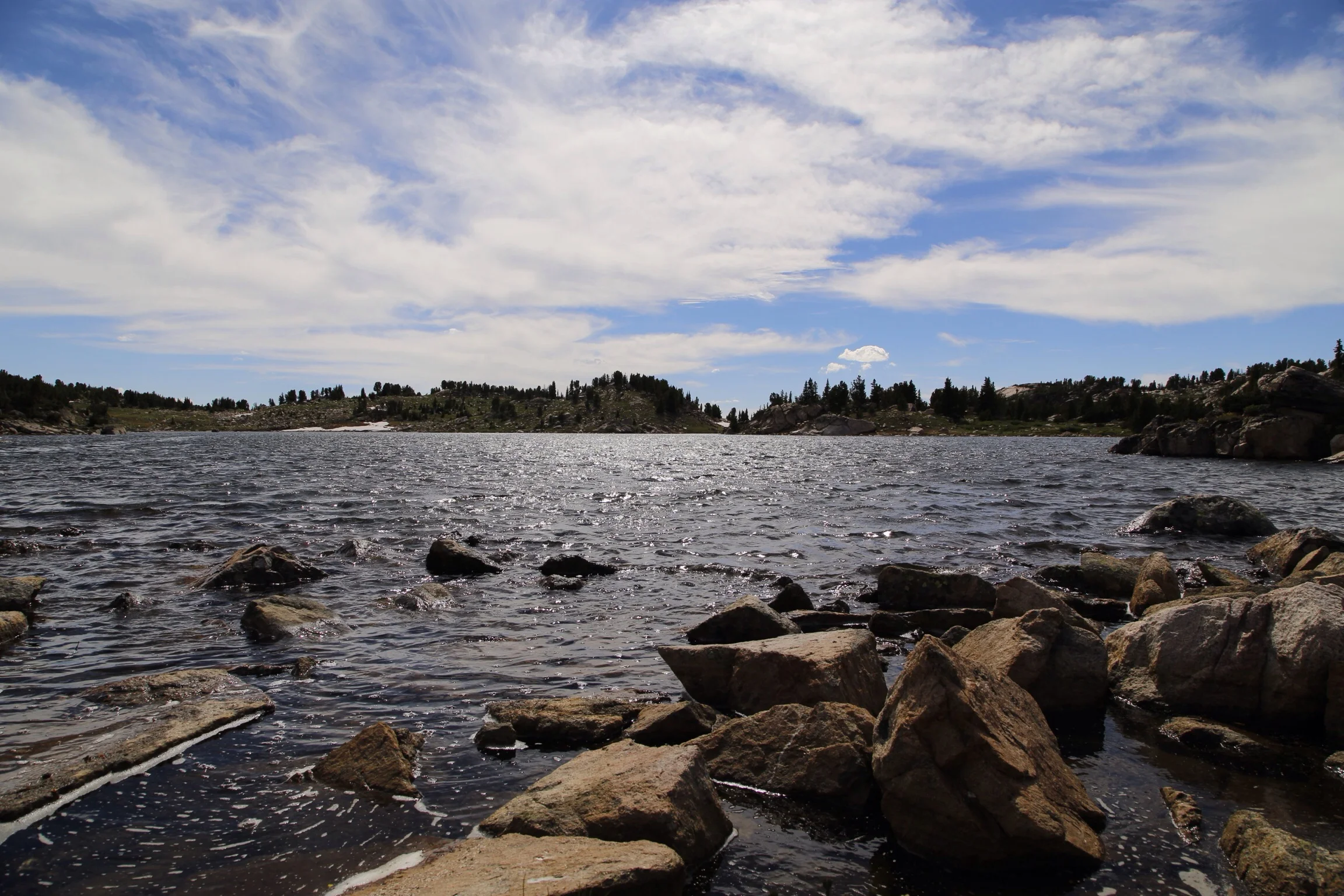Holly nesbitt
Dynamics of changing water availability and water rights administration in the Upper Clark Fork River Basin
Water is a critical resource for social-ecological systems, yet water scarcity is expected to worsen under societal and climate change. Although climate change is projected to have considerable effects on water availability, water use and governance are larger drivers of water scarcity for many watersheds around the globe. In western water law in the US, water rights are governed by prior appropriation or “first in time, first in right,” which means older water rights have priority to water use during times of limited supply. In Montana, water users face both climate change and imminent governance challenges due to the recent quantification of previously undetermined water rights held by the Confederated Salish and Kootenai Tribes. In the Upper Clark Fork watershed, this could mean that water rights uncontested since the turn of the century will have to reduce their water use during drought.
Holly Nesbitt, a PhD student at the University of Montana, is studying the effects of both governance and climate change on the interactions of individual water users in the Upper Clark Fork watershed. Colleagues at the University of Montana have developed a model that predicts flows and water use for the state; however, the existing model does not yet consider how relevant social dynamics, such as the spatial distribution of water governance, interact with the ecological system to determine outcomes. Holly is integrating the spatial structure of water rights with this model to investigate mechanisms in the emerging social-ecological system and incorporate feedbacks between water user decisions and water availability. She plans to use this model to identify areas of potential adaptive capacity in response to increasing water scarcity.

